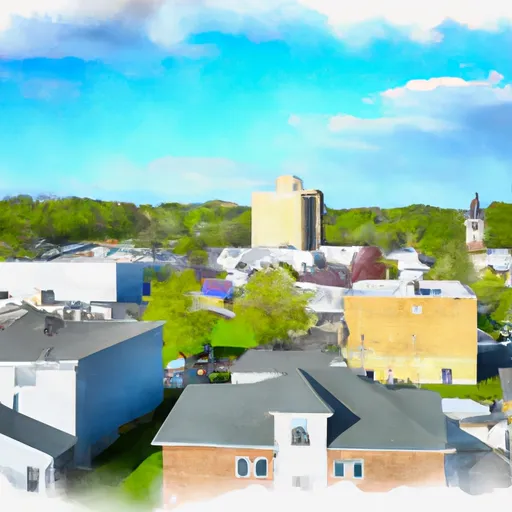°F
°F
mph
Windspeed
%
Humidity











West Millgrove, Ohio is a small village located in Wood County, in the northwestern part of the state. The climate in West Millgrove is characterized by warm summers and cold winters. Average temperatures range from 20°F (-6°C) in winter to 85°F (29°C) in summer. Precipitation is fairly evenly distributed throughout the year, with an average of 35 inches (89 cm) annually.
The hydrology constituents in the area include the Portage River, which runs through the village. This river provides opportunities for fishing and boating. Additionally, West Millgrove is surrounded by rich agricultural land, with several creeks and streams flowing through the countryside.
Outdoor recreation opportunities in West Millgrove are abundant. The village is surrounded by lush countryside, offering opportunities for hiking, cycling, and bird watching. The nearby Portage River is a great spot for fishing, with a variety of fish species such as bass, catfish, and walleye. The area also has several parks and nature preserves, providing ample space for picnicking and enjoying the natural beauty of Ohio's countryside.
In summary, West Millgrove, Ohio offers a pleasant climate, diverse hydrology constituents, and various outdoor recreation opportunities, making it an appealing destination for nature enthusiasts and outdoor lovers.
Weather Forecast
West-Millgrove receives approximately 915mm of rain per year, with humidity levels near 76% and air temperatures averaging around 10°C. West-Millgrove has a plant hardyness factor of 6, meaning plants and agriculture in this region thrive during a short period during spring and early summer. Most plants will die off during the colder winter months.
Regional Streamflow Levels
133
Cubic Feet Per Second
1,050
Cubic Feet Per Second
462
Cubic Feet Per Second
1,150
Cubic Feet Per Second
Nearby Camping
| Camping Area | Reservations | Toilets | Showers |
|---|---|---|---|
| Holly State Rec Area | |||
| Highland State Rec Area | |||
| Camp Dearborn | |||
| Metamora - Hadley Rec Area | |||
| Sterling State Park | |||
| Proud Lake State Rec Area |



